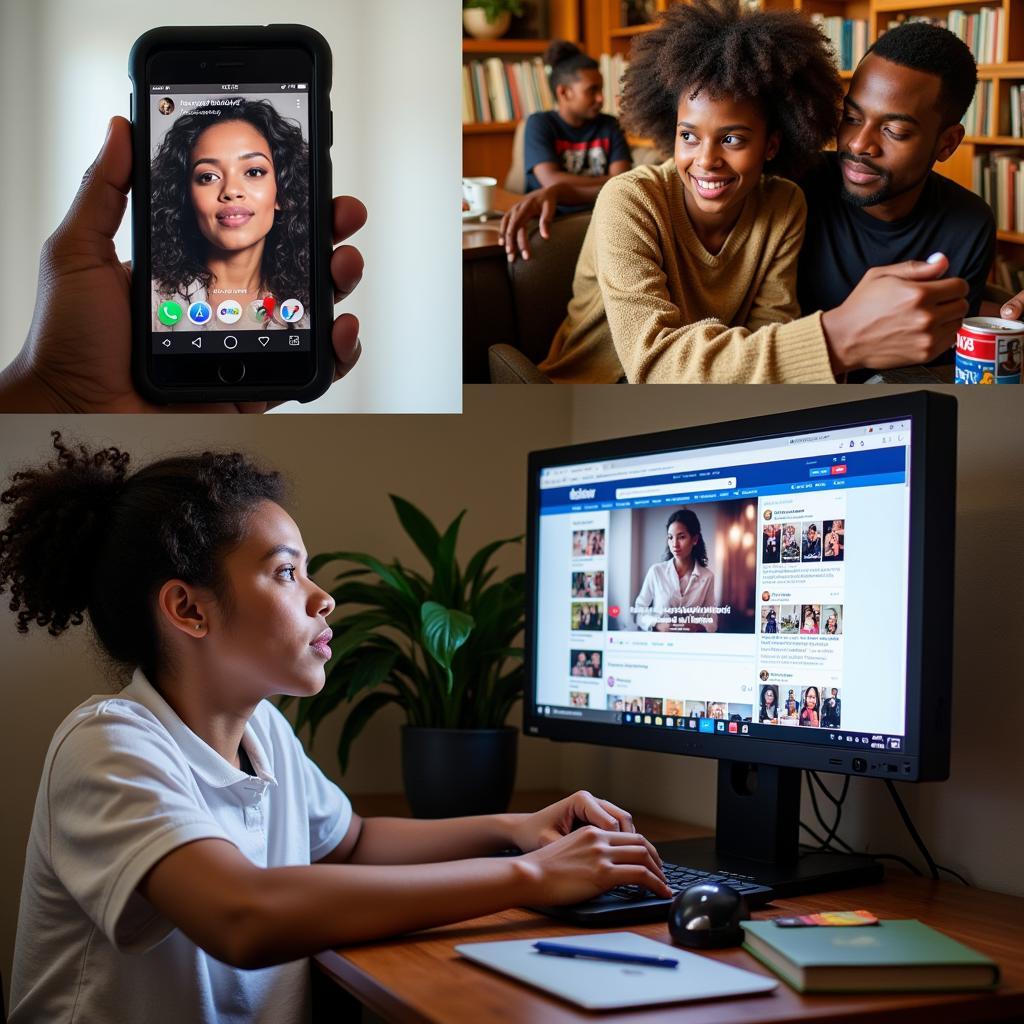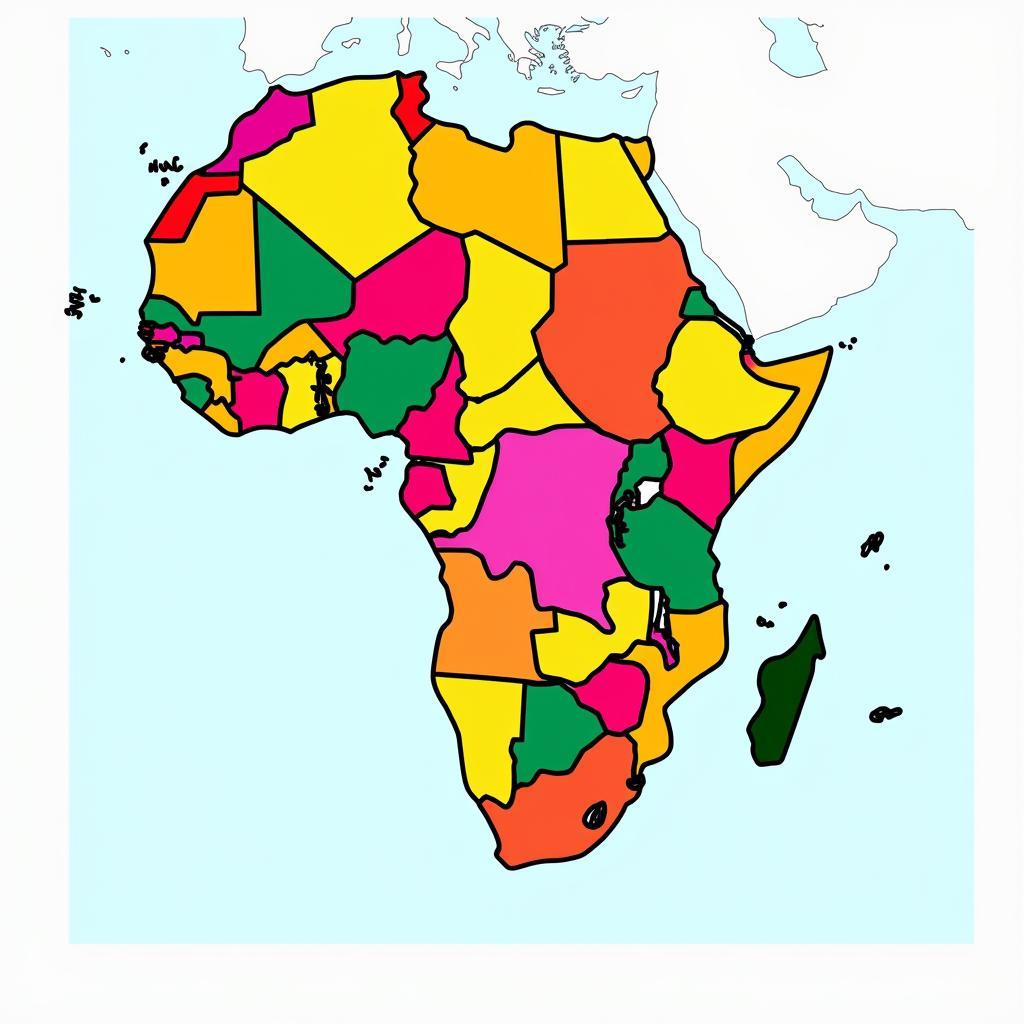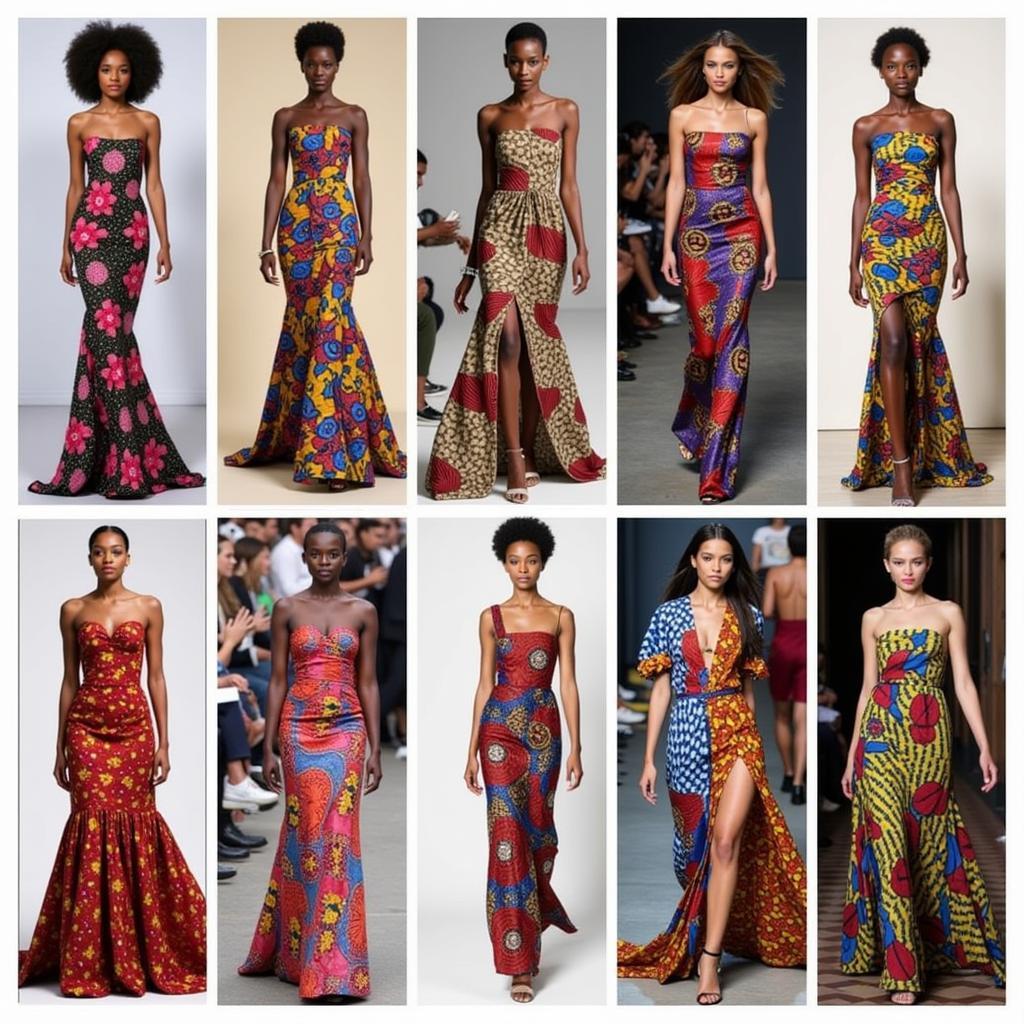Understanding African Krips: A Journey into Gang Culture and its Impact
African Krips, a term often shrouded in mystery and misconception, refers to the presence and influence of American gang culture, particularly the Crips, within certain African communities. This phenomenon, though not widespread, warrants examination to understand its roots, implications, and the socio-cultural factors that contribute to its existence.
The Genesis of African Krips: Transatlantic Influences and Local Adaptations
The emergence of African krips is a complex interplay of transatlantic cultural exchange and local socio-economic realities. The influence of American hip-hop music and film, which often portray gang culture, played a significant role in introducing the aesthetics and symbolism of the Crips to African youth. However, the adoption of these elements is often superficial, with the core ideology and structure of American gangs not fully replicated. Instead, local grievances, social inequalities, and the need for belonging often drive the formation of groups that adopt the Crip identity.
Beyond the Blue: Deconstructing the Motives and Meanings of African Krips
Why do some African youth identify with krips? The answer is rarely simple. Often, these groups provide a sense of community and identity in marginalized areas where opportunities are scarce. For some, it’s a form of rebellion against authority or a way to express frustration with societal injustices. Others may be drawn in by the allure of power and protection that gang membership seemingly offers. It’s crucial to recognize that African krips are not a monolithic entity, and motivations vary greatly depending on the specific context and individuals involved.
Addressing the Challenges: Community-Based Solutions and Prevention Strategies
It’s essential to move beyond simplistic narratives that demonize African krips and instead focus on understanding the underlying social and economic issues that contribute to their existence. Addressing these root causes, through initiatives such as job creation programs, educational opportunities, and community-based support systems, is key to fostering positive change.
The Impact of Globalization and Media Consumption on African Youth Culture
 The Impact of Globalization and Media on African Youth Culture and the Adoption of Crip Identity
The Impact of Globalization and Media on African Youth Culture and the Adoption of Crip Identity
The globalization of media, particularly the pervasiveness of American popular culture, has undoubtedly played a role in shaping the identities and aspirations of African youth. While the influence of American gang culture is just one aspect of this broader phenomenon, it underscores the importance of critical media literacy and the need for locally relevant content that reflects the diverse experiences of African communities.
Conclusion: Moving Beyond Stereotypes and Embracing Nuance
Understanding African krips requires a nuanced approach that considers the complex interplay of global influences and local realities. By moving beyond stereotypes and engaging with the underlying social and economic challenges faced by African youth, we can develop effective strategies to foster positive change and build more resilient communities. The African krips phenomenon reminds us of the importance of addressing systemic inequalities and empowering young people with the opportunities and support they need to thrive.
FAQ
-
Are all African krips violent? No, generalizing the behavior of all krips groups is inaccurate. While some may engage in criminal activities, many are driven by social needs and do not necessarily participate in violence.
-
Is the African krips phenomenon widespread across Africa? No, it is not widespread and tends to be localized in specific urban areas influenced by certain socio-economic factors.
-
How do African krips differ from American Crips? While inspired by the imagery and symbolism, African krips often lack the structured organization and established criminal networks of their American counterparts. Their motivations are also often rooted in local issues.
-
What can be done to address the challenges posed by African krips? Focusing on community development, providing educational and economic opportunities, and addressing social inequalities are key strategies for positive change.
-
What role does media play in the emergence of African krips? The globalization of American media, particularly hip-hop culture, has contributed to the spread of Crip imagery and symbolism.
-
Are there any positive aspects to African krips? In some cases, these groups can provide a sense of belonging and community in marginalized areas where other support systems are lacking. However, it’s crucial to address the underlying issues that drive youth to seek such affiliations.
-
What is the biggest misconception about African krips? The biggest misconception is that they are a direct replica of American Crips. They are a localized adaptation influenced by a complex interplay of factors specific to each context.
Need support? Contact us 24/7: Phone: +255768904061, Email: kaka.mag@gmail.com, or visit us in Mbarali DC Mawindi, Kangaga, Tanzania.


